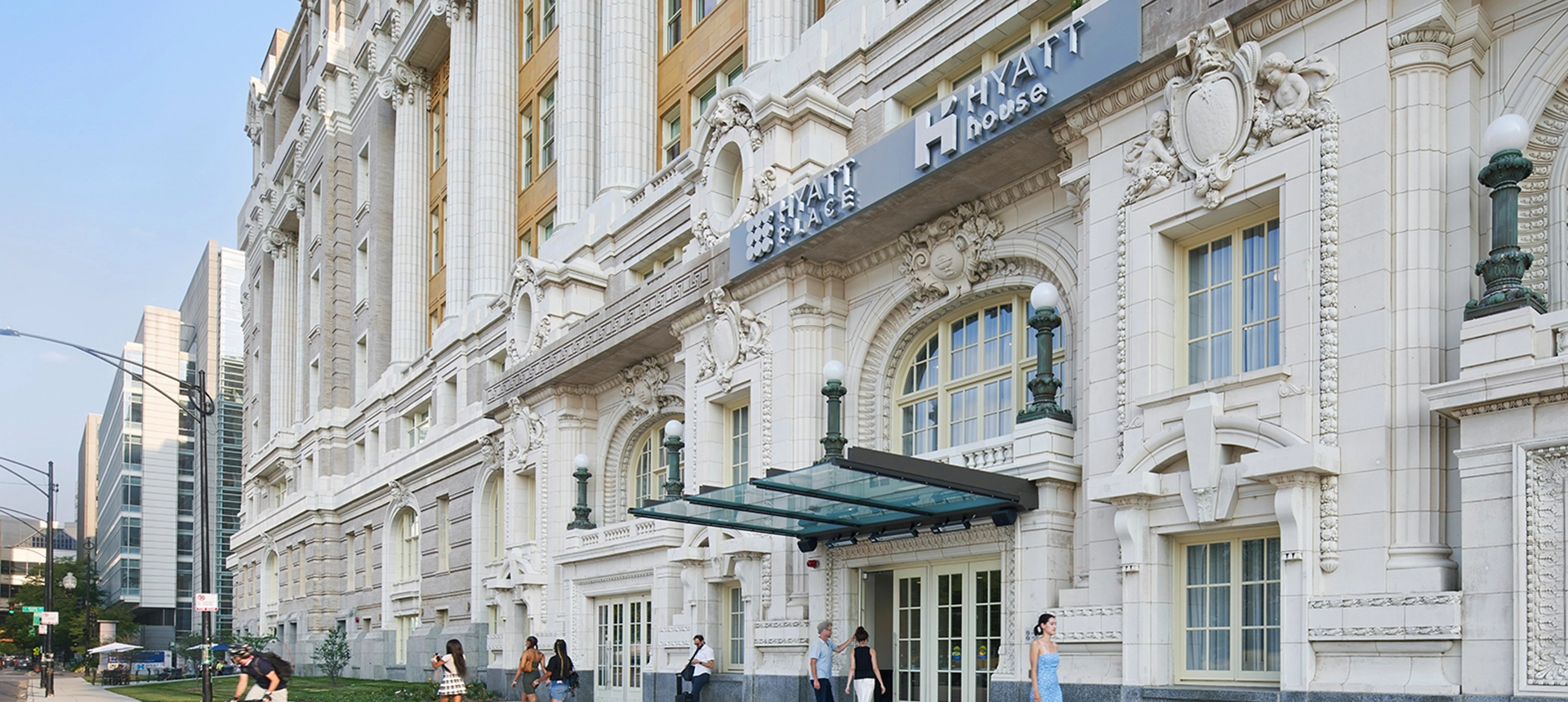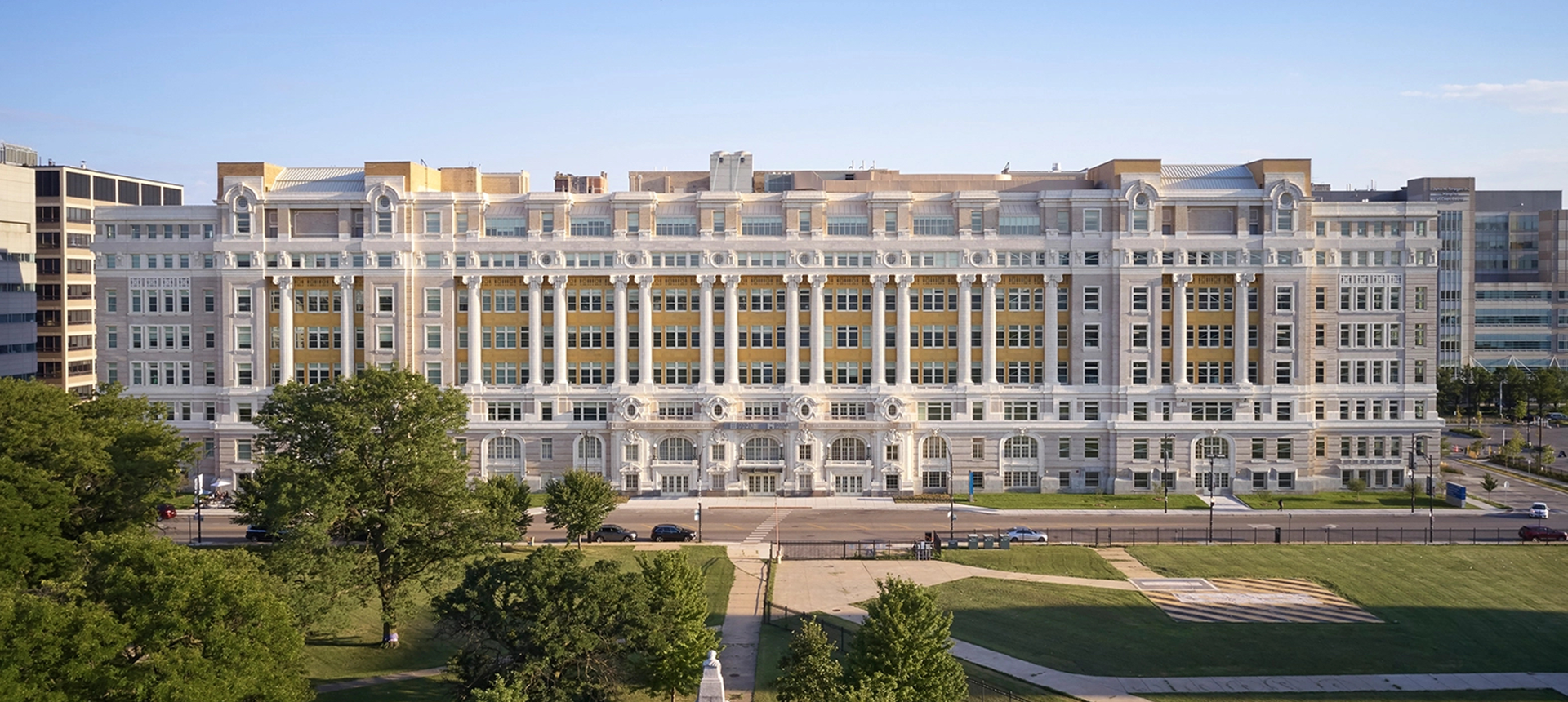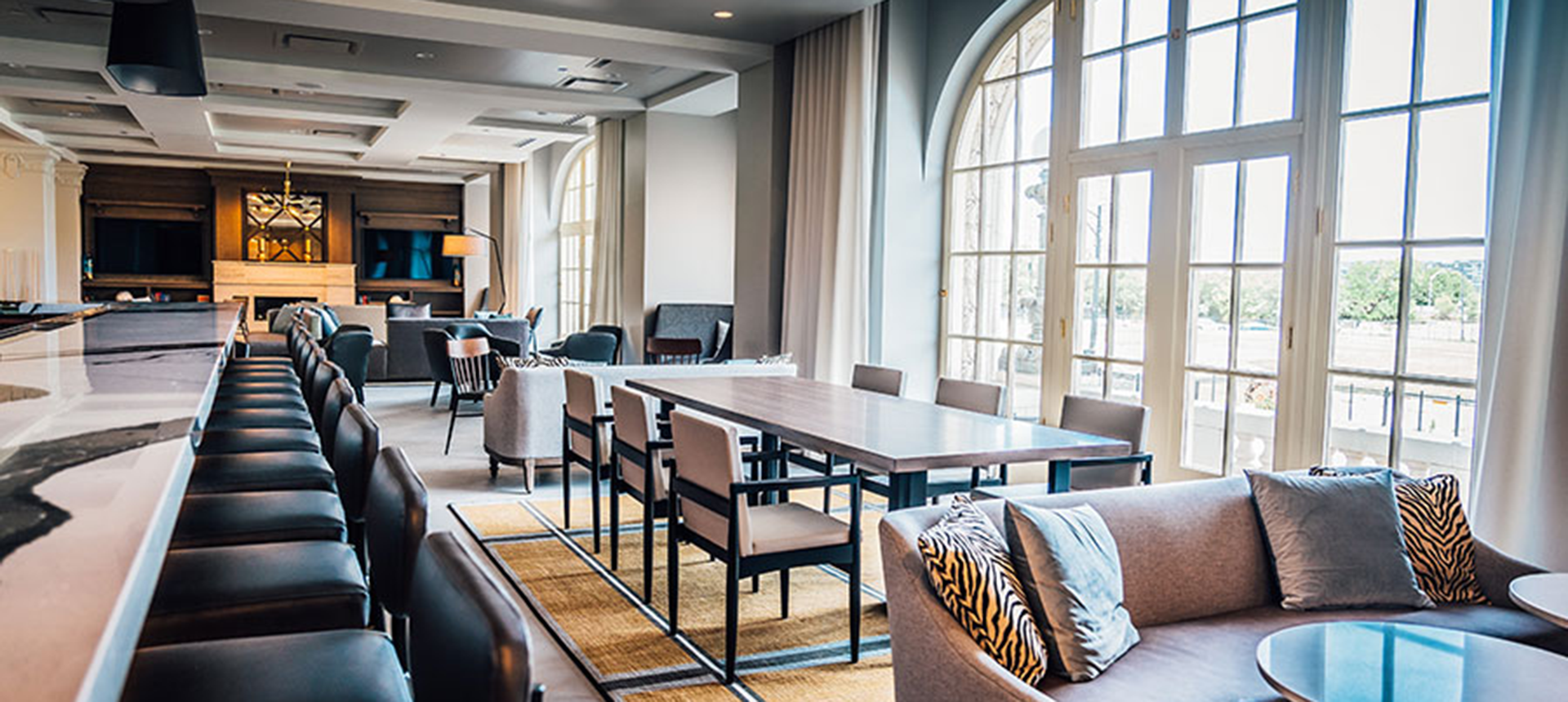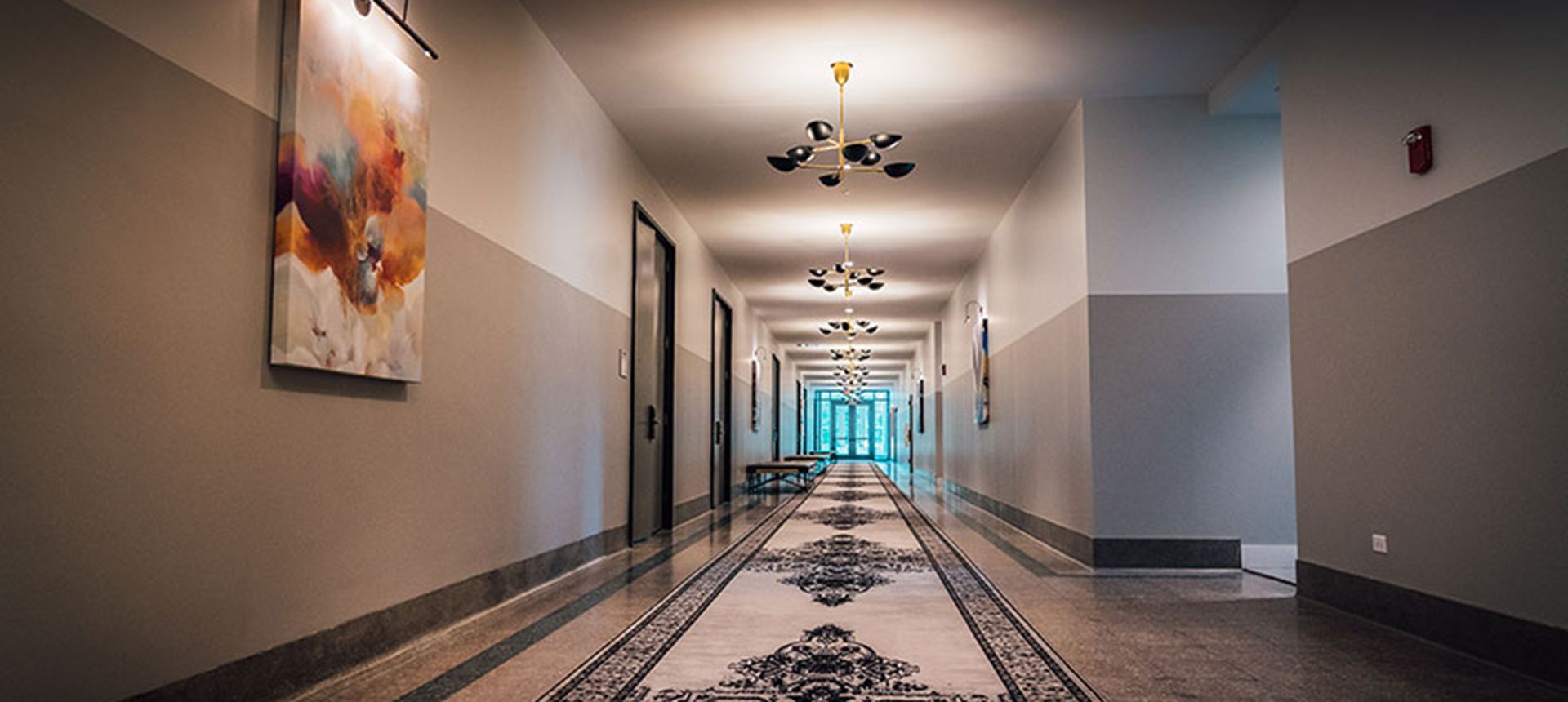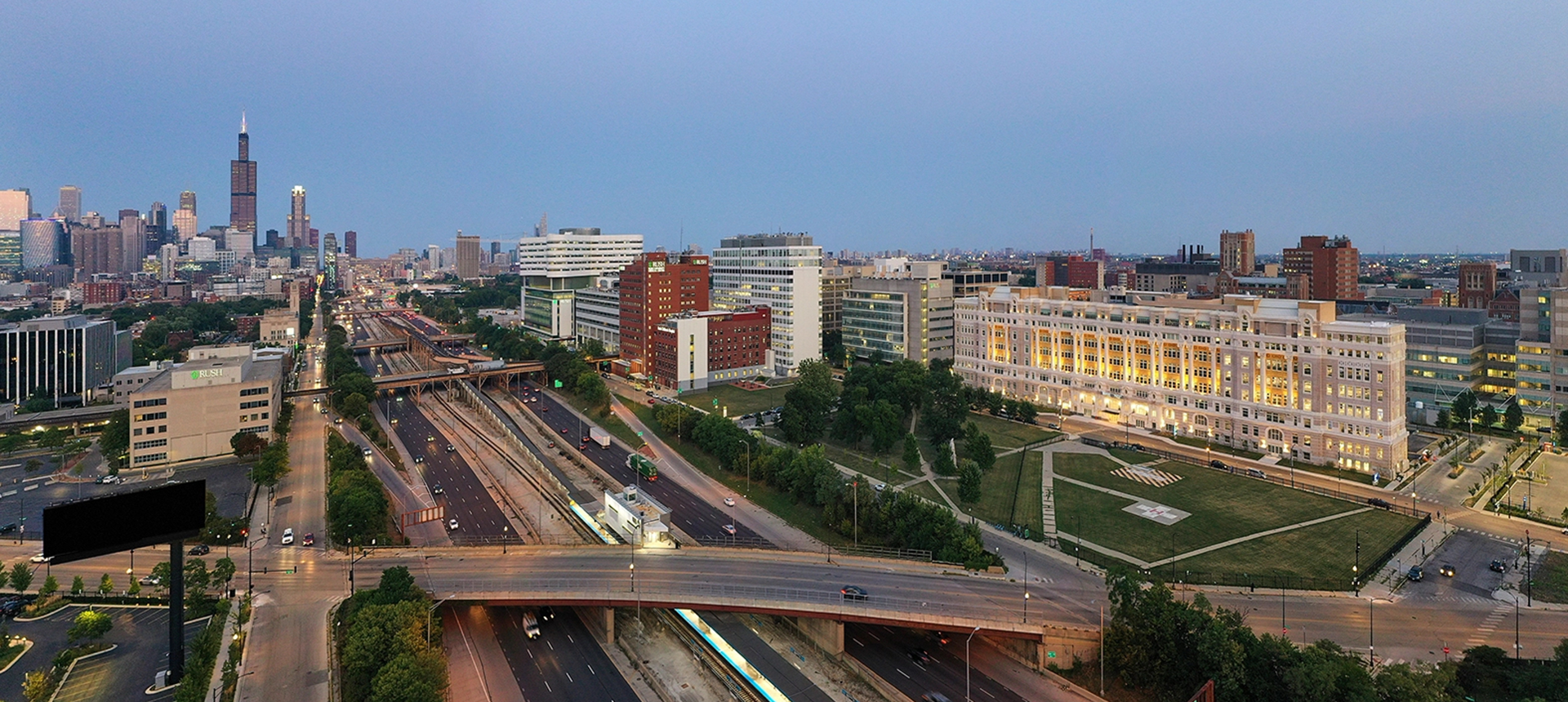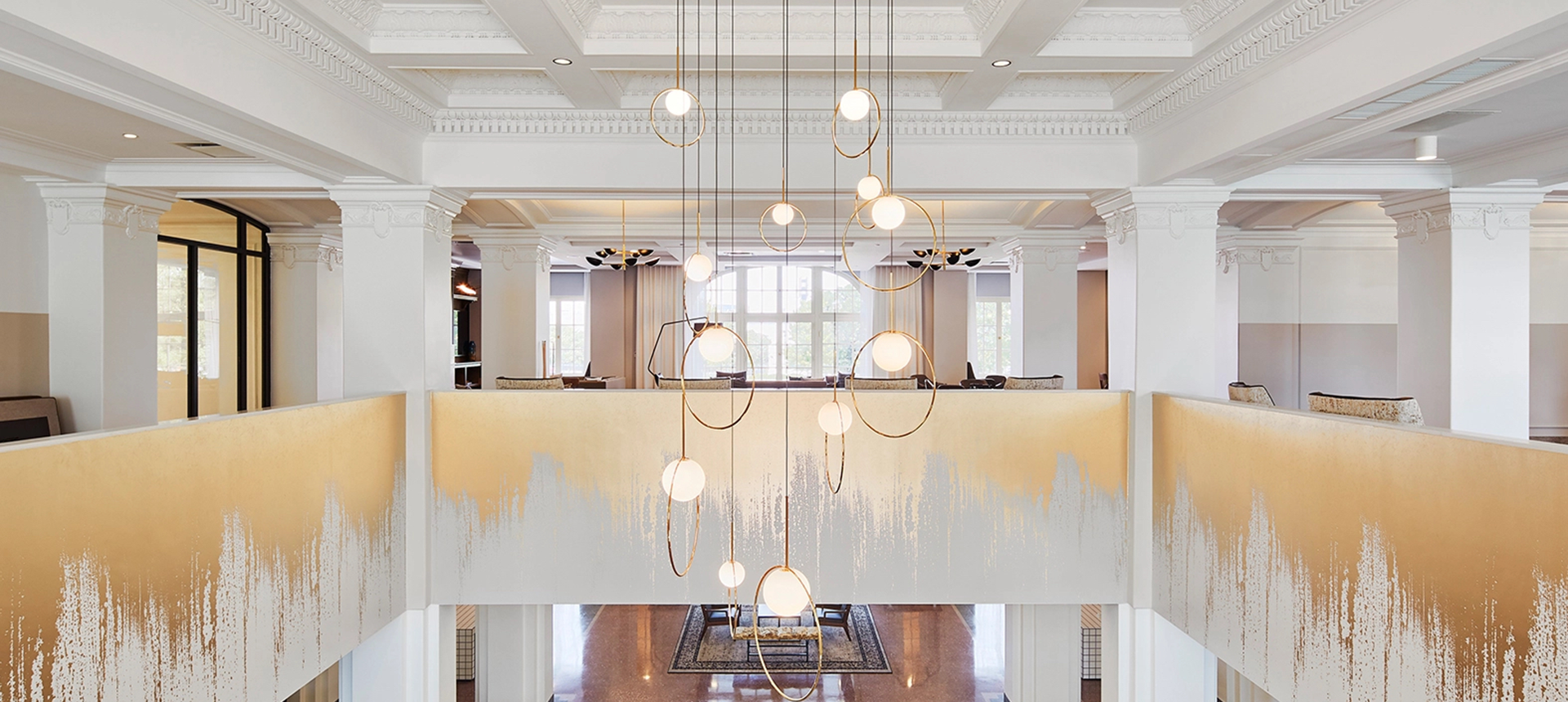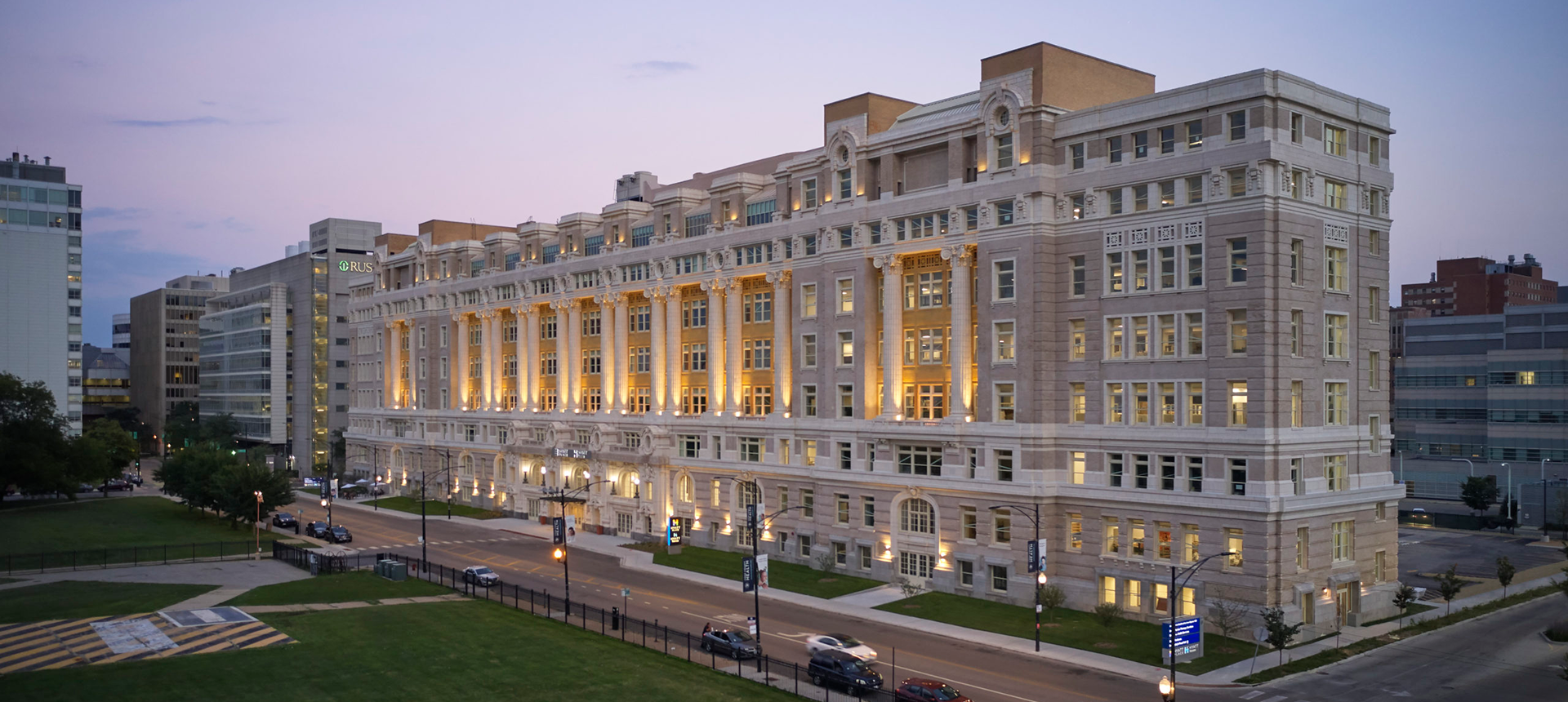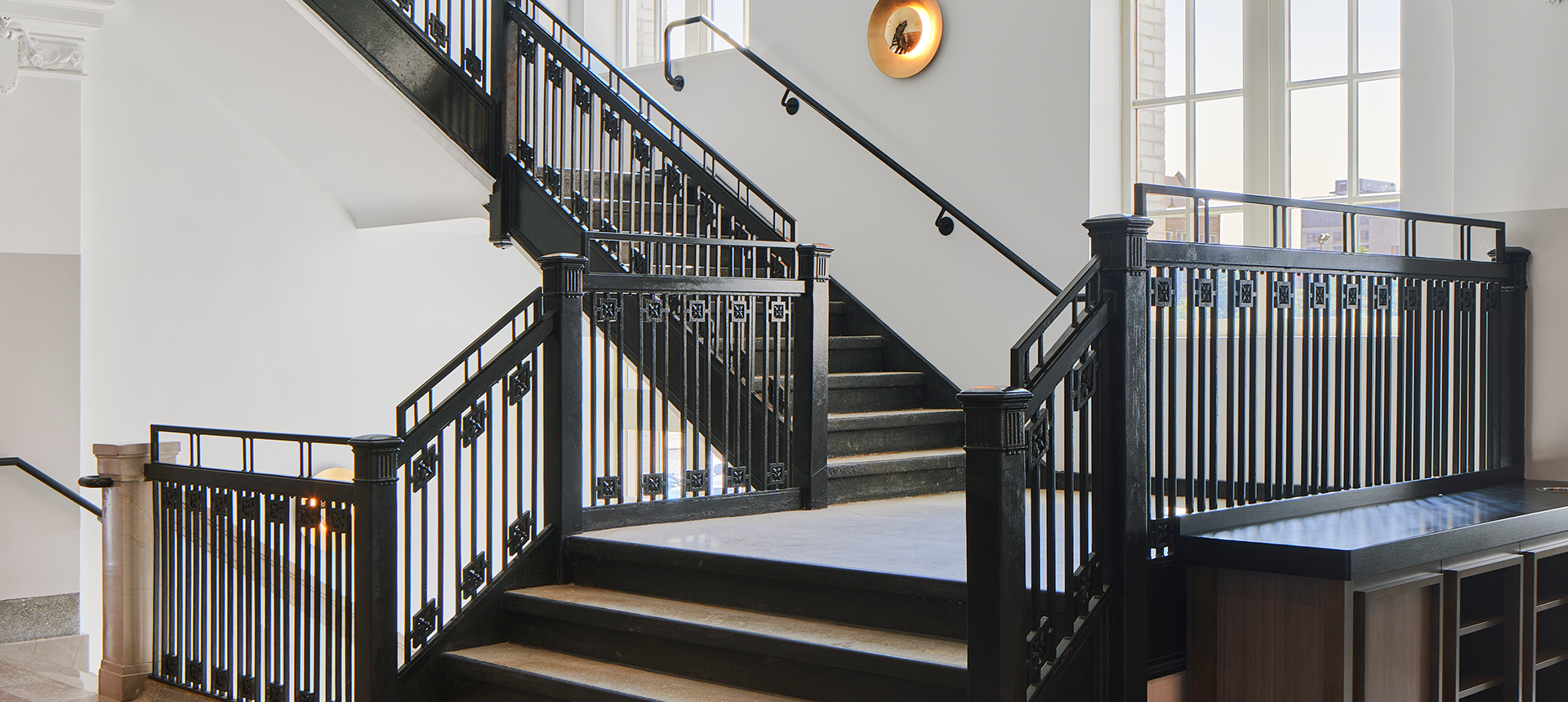Cook County Hospital Adaptive Reuse
Level-1 delivered IT, AV, and security systems for Cook County Hospital’s adaptive reuse, transforming a historic landmark into a modern mixed-use hub.
Once known as Chicago’s Ellis Island, a crucible for medical innovation and compassionate care, the neoclassical Cook County Hospital opened its doors in 1914. As the birthplace of America’s first blood bank and a vital institution serving immigrant and underserved communities, the building’s Beaux-Arts façade holds profound civic memory. Yet by 2018, after nearly two decades of vacancy, the structure had fallen into disrepair, its future precarious.
That year, a transformative adaptive reuse project began spearheaded by SOM and Walsh Construction, with a mission to preserve the hospital’s grandeur while reimagining it as a vibrant, mixed-use anchor for the Illinois Medical District. The restored 345,000-square-foot, eight-story landmark became home to dual Hyatt hotels, a food hall, medical offices, and community spaces reviving its civic presence on a 164,000-square-foot site. More than a rehabilitation, the effort restored the 25-foot lobby, replaced over 4,500 terra-cotta façade pieces, reintroduced the original elegance and daylight of operating rooms, and symbolized an urban rebirth of generosity and purpose. The project won multiple accolades, including AIA-Illinois Excellence in Historic Preservation and the prestigious ENR Midwest Project of the Year. It achieved LEED Silver Core & Shell certification and has become the architectural keystone of a revitalized Illinois Medical District.
“The redevelopment of Old Cook County Hospital will unlock tremendous economic potential in this community and provide much-needed amenities for residents and visitors to this area. It creates historic and lasting urban transformation in the heart of our county.”
Toni Preckwinkle, Cook County Board President
Selected as the technology integration partner for this complex, design-build transformation which demanded an infrastructural approach that could reconcile preservation with performance. Working under Murphy Development and in coordination with SOM, KOO Architects, and Walsh Construction, our team delivered fully integrated IT infrastructure to support the convergence of hospitality, healthcare, and urban living. We were tasked with designing and implementing scalable, high-performance systems that respected the building’s historical architecture while enabling modern functionality.
Our scope spanned structured cabling, voice and data systems, audiovisual integration, building automation connectivity, and physical security infrastructure, all tailored for mixed-use interoperability. We collaborated across disciplines to ensure that telecommunications and low-voltage systems aligned seamlessly with the spatial programming of hotel suites, commercial offices, and medical service areas.
What We Delivered
- Telecommunications infrastructure and low-voltage systems design across a 350,000-square-foot historic structure
- Structured cabling and system routing designed to minimize disruption to historic finishes and masonry
- Integrated voice, data, and video systems across dual Hyatt hotels, commercial offices, and public areas
- Audiovisual systems designed for hospitality, conference, and public engagement spaces
- Physical security systems including discreet surveillance and controlled-access zones
- Building automation systems integrated with historic floorplates and adaptive core layouts
- Infrastructure coordination with MEP and architectural teams under a fast-track design-build model
- Systems engineered to support both private operation and public safety requirements
Level-1’s work on the adaptive reuse of Cook County Hospital demonstrates how technology infrastructure can support not just functional goals, but architectural preservation and community reinvestment. By blending modern systems into a historically protected shell, we helped turn an abandoned civic icon into a connected, high-performance destination laying the digital groundwork for a new chapter in Chicago’s West Side development.

